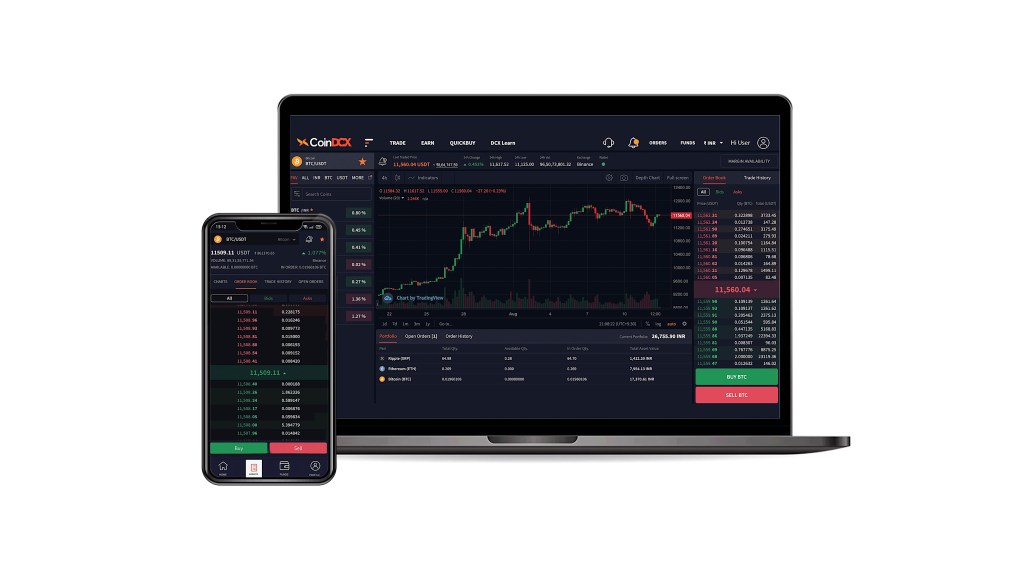The startup market is global in footprint, varied in focus, diverse in business model and constantly evolving. The venture capital market, meanwhile, is slower to molt, but it’s also changed in the last decade.
Startups and their financial backers went a bit nuts last year, raising too much money, often at unsustainable prices. We’re now watching a collective hangover work its way through the global startup markets.
You know all of that. This afternoon, we’re looking at a related matter. Yes, charts that once only pointed up are now only pointing down, but when did we reach the local maximum? Both startup and venture capital reached an activity zenith at some point in the last few quarters — but when?
The answer is actually a bit less clear than we anticipated. Leaning on some new data from Crunchbase News, let’s try to figure out when the music really did stop and reality descended.
When did the last VC-startup cycle peak?
Starting tomorrow, TechCrunch+ will have a run of posts digging into second-quarter venture capital data as it relates to startups in both global and regional contexts. But for today, we’re discussing data in merely directional terms, hoping to figure out when hype began to decay into worry.
Looking back at TechCrunch coverage, alarm bells started ringing in September 2021, when we asked if the value of software revenues had peaked. By that, we meant that the upward valuation pressure that had led to so many IPOs, SPACs and venture deals appeared to have halted. From there, the descent was rapid — leading to TechCrunch stating in December that “the era of ultra-rich software valuations could be behind us.”
If only we had swapped out “could be” for “is,” yeah?
How good of a job did we do bracketing the start and later confirmation of the startup and venture downturn that we find ourselves in today? Medium. The real answer to our question is actually somewhat varied.
Pulling from Crunchbase data, here’s when various parts of the market peaked, by that data company’s own reporting measured in dollars, with the final data point coming from CB Insights:
- Global venture capital investment: Q4 2021
- Global seed and angel investing: Q1 2022
- Early-stage venture capital: Q4 2021
- Late-stage venture capital: Three-way tie between Q2, Q3 and Q4 of 2021
- Crypto-focused venture capital: Q1 2022
Putting those data points into words: While global venture capital peaked in Q4 2021 in terms of total dollars invested, late-stage capital had already peaked by that point, with earlier-stage capital slowing more markedly in the new year. Crypto-focused venture investing — which includes a mix of startup maturities, from very early to very late — perhaps managed the most impressive delay of reality by staying hot into the new year as a vertical.
We did correctly note that the late-stage market, far more sensitive to near-term changes to the stock market, was the first to reach its peak. Technically, Q2 2021 saw more capital invested in late-stage companies, per Crunchbase data, but with the Q2, Q3 and Q4 number landing within a few basis points of one another, it’s fairer to say that late-stage deal-making simply reached a very long peak before crumbling.
Our call about Q4 2021 marking the end of the period in which startups could hope to raise at 50x or 100x ARR was mostly correct. But why did it take longer for seed and angel deal-making to slow? There are two simple explanations for that data point. The first is that early-stage valuations, which are less predicated on revenue, are less responsive to public-market changes, though they do eventually have to sail the same winds as more mature startups.
The second possible explanation, and the one that we’re slightly more confident in, is that the earlier stage a round is, the more likely it is to get announced later from its closing date. So when you hear about a major late-stage round, you are generally hearing about it far closer to its actual execution, than, say, a large seed round.
It makes sense, then, that we saw seed and angel deal-making slow last, in dollar terms, and late-stage capital dip first.
Given that dynamic, can we simply watch the stock market and infer what the startup-funding industry will do with its reserved capital? Yes, but with the caveat that it takes both sustained and material change to the stock market to begin the domino effect that will eventually lead to an early-stage slowdown, for example.
When did venture capital peak? At some point in Q3, summing our above notes. After that point, the slowdown crept earlier and earlier in startup terms until we saw the most nascent startup funding rounds tumble in the second quarter of this year. But we’ll leave Q2 numbers for tomorrow, yeah?






























Comment